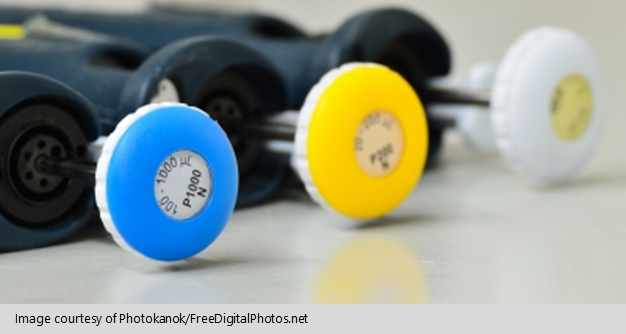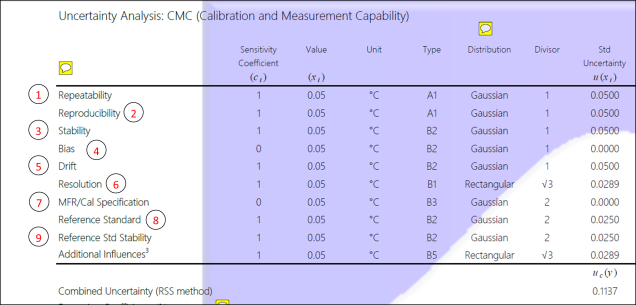
How to Perform A Repeatability Test 2:
Collecting Data The number of samples collected during experimentation has an effect on the analysis of results and the validity of the test data collected. Over the years, I have observed several conflicting accounts of how many samples one should collect during experimentation. According to many introductory statistics textbooks, the number of samples collected depends […]






